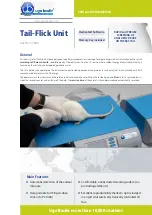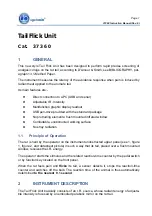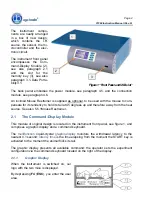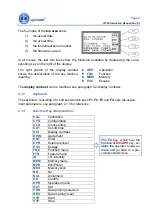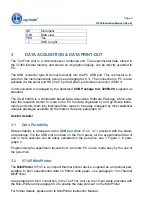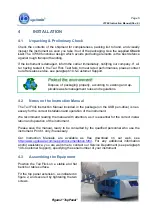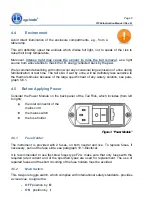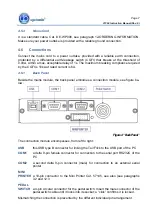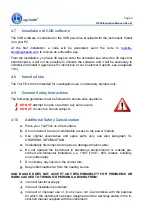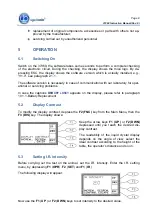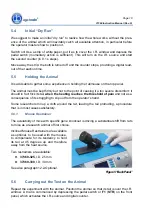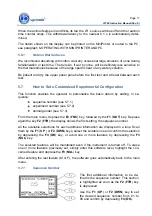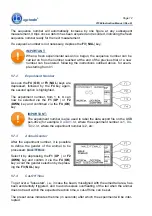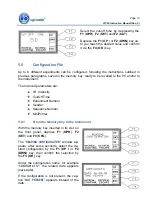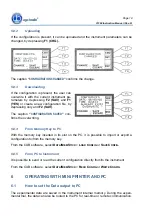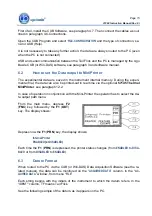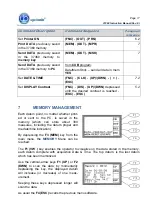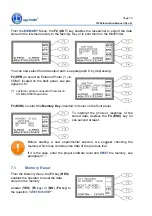
Page 6
37360 Instruction Manual (Rev. 0)
4.4 Environment
Avoid direct illumination of the enclosure compartments, e.g., from a
table lamp.
This will definitely upset the animals which dislike full light, not to speak of the risk to
raise their body temperature.
Moreover,
intense light may cause the sensor to miss the tail removal
, as a light
source from above tends to mask the I.R. energy reflected back by the paw.
We recommend absorbing with cotton wool any occasional large emission of urine during
familiarization or test time. The tail skin, if wet by urine, will be definitely less sensitive to
the thermal stimulus because of the large specific heat of any watery solution, see para-
graph 5.6.1.
4.5
Before Applying Power
Consider the Power Module on the back panel of the Tail Flick, which includes (from left
to right):
the inlet connector of the
mains cord
the mains switch
the fuse holder
Figure 3 “Power Module”
4.5.1 Fuse
Holder
The instrument is provided with 2 fuses, on both neutral and live. To replace fuses, if
necessary, pull out the fuse slide, see paragraph 10.1-Electrical.
It is recommended to use fast-blow fuses type F2A; make sure that only fuses with the
required rated current and of the specified types are used for replacement. The use of
repaired fuses and the short circuiting of the fuse holders must be avoided.
4.5.2 Main
Switch
This two-pole toggle switch, which complies with international safety standards, provides
a visual cue, to signal the:
-
OFF
position by
O
-
ON
position by
I



